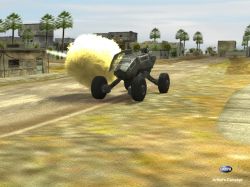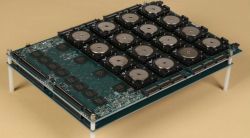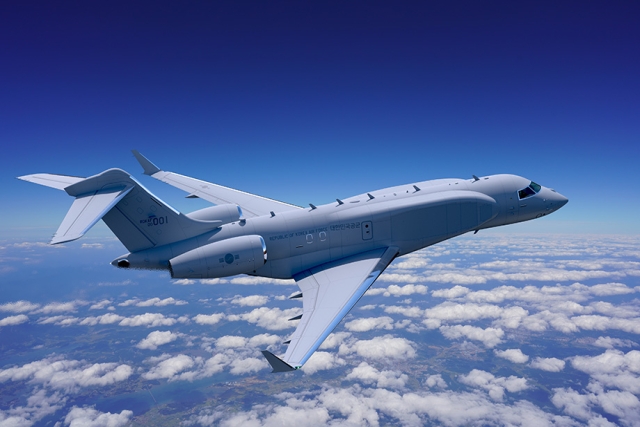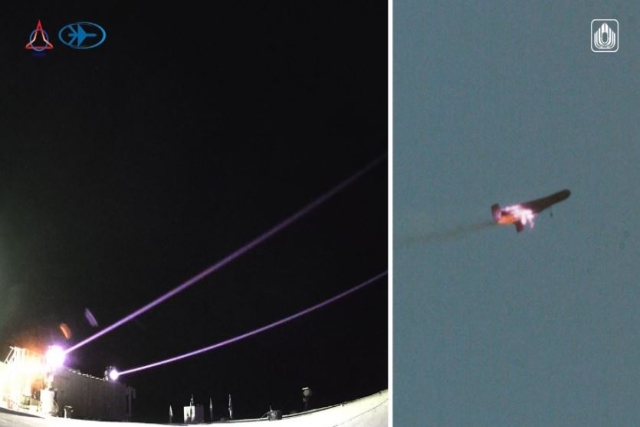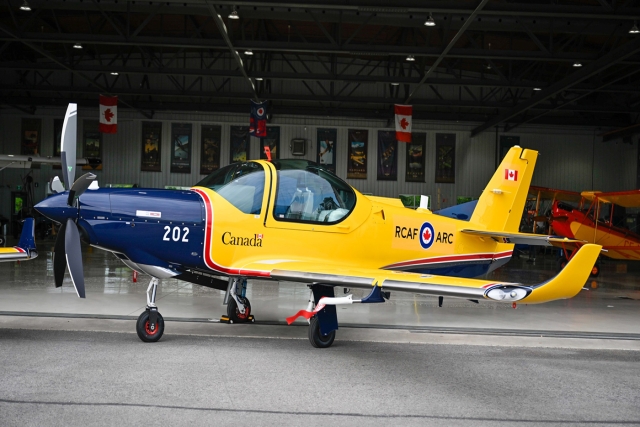Northrop Grumman To Develop Next-Gen RF Sensors Using AESA
Northrop Grumman has been selected by the Defense Advanced Research Projects Agency (DARPA) to develop and demonstrate advanced wideband digital antenna technology for next generation radio frequency (RF) sensors using active electronically scanned arrays (AESAs).
The DARPA Microsystems Technology Office awarded Northrop Grumman an $11.9 million contract for phase one of the Arrays on Commercial Timescales (ACT) program. The purpose of ACT is to develop the key technologies for affordable, next-generation AESAs by designing a reusable digital common module that contains the critical integrated circuits required for next generation AESAs.
ACT aims to greatly reduce the development and manufacturing cost of future digital arrays through common module reuse, high levels of integration and the application of high-volume commercial Complementary Metal Oxide Semiconductor (CMOS) integrated circuit technology.
"Our wideband digital common module design is a breakthrough in AESA capability, enabled by the application of commercial system-on-chip technology with integrated high speed data converters that enable direct RF sampling," said Dr. William Phillips, director of Advanced Technology, Northrop Grumman Electronic Systems sector. "The reusable common module provides the key building block that will make digital AESA technology affordable for a wide variety of applications."
Key subcontractors on the Northrop Grumman ACT team are Semtech and Systems & Technology Research.
"Our disruptive ultrahigh speed analog-to-digital and digital-to-analog converter technology will help revolutionize phased array technology," said Craig Hornbuckle, Semtech's chief systems architect. "With an input bandwidth extending through K-band, these data converters enable increased flexibility and functionality, reduced power, and enhanced performance over traditional architectures, supporting next-generation radar, electronic warfare and satellite communications applications."
"Our unique nonlinear digital signal processing algorithms are able to extend the dynamic range of analog and mixed-signal systems by several orders of magnitude, at a fraction of their cost," said Gil Raz, senior technical staff at Systems & Technology Research.

